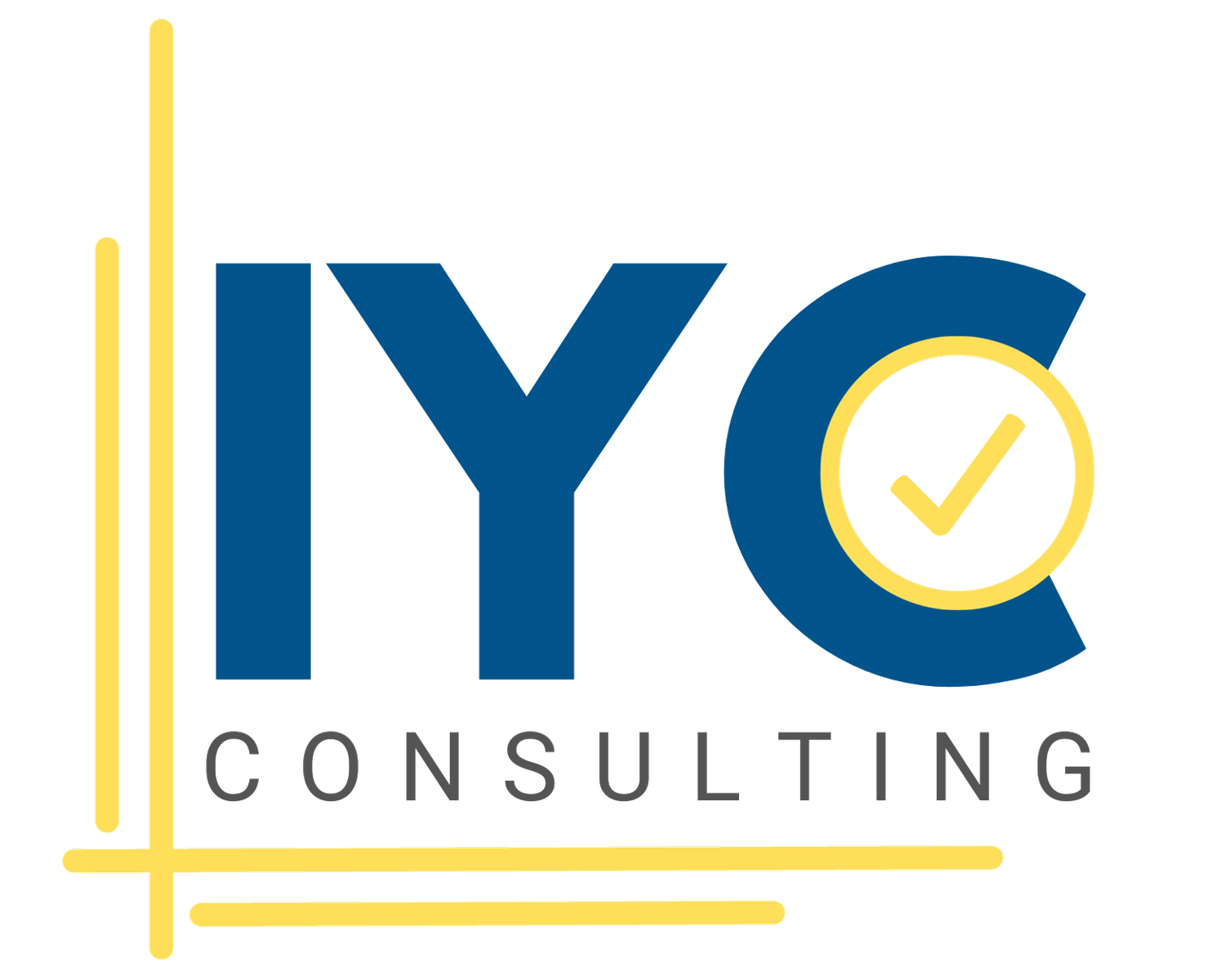Understanding and Overcoming the Challenges of Healthcare Regulatory Compliance
In the ever-evolving world of healthcare, one of the most pressing challenges providers face is staying abreast of the constant regulatory changes imposed by federal and state governments. This aspect of healthcare, while closely related to patient access, stands in its own lane as a significant operational hurdle.
The Dynamic and Demanding Regulatory Landscape
Healthcare providers are in a perpetual race to keep up with the myriad of regulatory changes that can come at a dizzying pace. These changes are more than just procedural updates; they can fundamentally alter how providers deliver care and manage their practices. However, the task of staying informed and compliant is daunting, especially for smaller providers who often lack the resources for dedicated compliance teams
“At the heart of this issue is a need for more personalized, targeted support for healthcare providers in the regulatory field.”
Historical data and anecdotal evidence from various communities reveal that rural healthcare facilities frequently grapple with maintaining high standards. In numerous instances, such facilities have been criticized for their lack of adequate care, raising serious concerns about patient safety and the efficacy of the treatments provided.
Bridging the Communication Gap
One of the core issues in this compliance challenge is the communication gap between regulatory bodies and healthcare providers. Often, important updates are sent to administrative email accounts set up during provider agreement processes. Unfortunately, these emails might not reach the people who need them most – the healthcare practitioners and operators on the front lines. It's like sending a vital message in a bottle out to sea, hoping it reaches the right shore.
In some states, listserv email registries have been established to streamline this communication, but such systems are not yet the norm. The inconsistency in how these critical updates are disseminated creates a patchwork landscape where some providers are better informed than others.
The Human Side of Compliance: More Than Just Regulations
At the heart of this issue is a need for more personalized, targeted support for healthcare providers in the regulatory field. This support could take many forms – be it consulting services that speak the language of healthcare professionals, user-friendly software solutions tailored for different types of providers, or more direct and engaging forms of communication from regulatory bodies.
A Collaborative Approach to Regulatory Challenges
Addressing this challenge requires a collective effort. Improved communication strategies, such as expanding listserv email registries and developing more accessible platforms for regulatory updates, are critical first steps. Additionally, the healthcare community would greatly benefit from partnerships between government agencies, healthcare associations, and private sector innovators. Together, they could develop tools and services that not only keep providers informed but also help them understand and implement these changes in their day-to-day operations.
In summary, navigating the labyrinth of healthcare regulations is a daunting task for providers, particularly those with limited resources. By fostering better communication, offering tailored support, and encouraging collaborative solutions, the healthcare industry can make significant strides in helping providers stay compliant. This, in turn, will not only benefit the providers themselves but will also have a positive impact on the quality and accessibility of healthcare for everyone.

